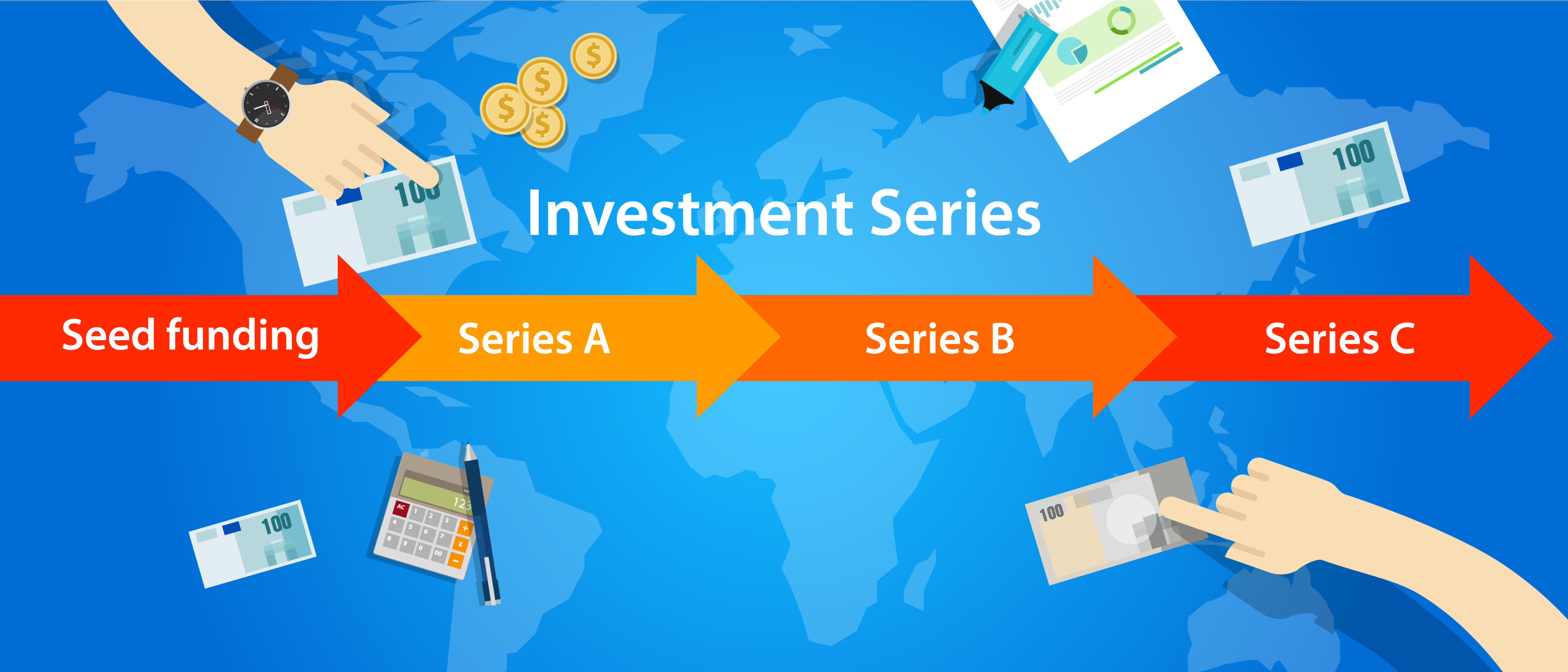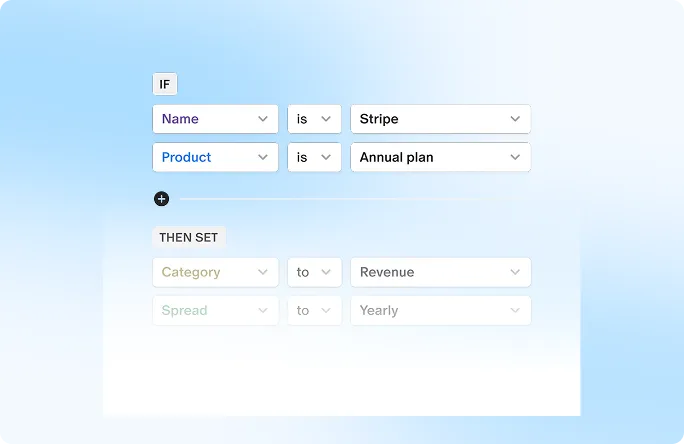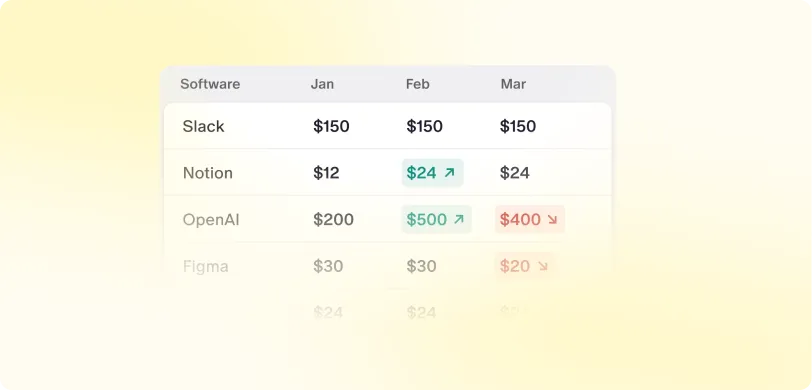For any innovative entrepreneur with a brilliant idea, transforming that idea into a reality may not be easy, though passion and determination plays a significant role. Fundraising is typically the first major challenge people encounter. This journey begins with pre-seed funding, the earliest capital used to launch ideas into actual companies.
This article will help you understand what pre-seed funding is, how to get it, how it is used and frequently asked questions.
What is Pre-seed funding?
Pre-seed funding is the earliest stage of investment in a startup, typically occurring before a company has a fully developed product or service (often referred to as the 'friends and family' round). This initial capital helps to transition from an idea to a product, including costs like market research, prototype development, and first-round hiring. The investment amount can range anywhere from $50,000 to $250,000.
At this stage, most startups are very young, often transitioning from the idea-stage to the validation phase where the founders seek to test their business idea, research the market, and create a bare-bones product or service, commonly referred to as the minimum viable product.
How to Get Pre-Seed Funding?
Securing pre-seed funding involves several strategic steps:
1. Develop a Strong Business Plan: A well-articulated, persuasive business plan is imperative. In the best-case scenario, it should contain your vision, the market opportunity, the competition, and a detailed go-to-market strategy.
2. Build a Prototype or MVP: Having a minimum viable product (MVP) or prototype, regardless of the situation, is essential in showing how the whole idea will be put into life.
3. Network and Pitch: Get in touch with your personal connections, participate in startup events, and request introductions to potential investors. A persuasive approach with an emphasis on the problem to be solved and the target market is essential.
4. Join an Accelerator or Incubator: These programs can offer funding, business guidance and potential contacts to first-time investors.
How to Raise Pre-Seed Funding?
To raise pre-seed funding, one needs to tell a good story about the company and show its prospects. Here are the key steps:
1. Identify Potential Investors: First, consider angel investors, venture capitalists who focus on seed and early-stage startups, and crowdfunding platforms.
2. Prepare Your Pitch Deck: Make a compelling and brief presentation slideshow. Focus on the problem, your proposed solution, target market, how you will make money, your customers to date, and team.
3. Conduct Meetings and Follow-Ups: Contact the targets and set meetings and always be ready for follow-ups. Persistence is key.
4. Negotiate Terms: Ensure that the terms of the investment are laid down clearly regarding the equity as well as any other requirement.
What is Pre-Seed Funding Used For?
Pre-seed funding serves as the financial foundation for early-stage startups. It is typically used for:
1. Product Development: Designing and building a set of prototypes, defining the initial product, and evolving it based on customer comments.
2. Market Research: Identifying the target customer and validating the idea or problem-solution fit and the business model canvas.
3. Initial Hiring: Hiring the initial core functional employees who are important for the functioning of the startup like programmers, designers and initial marketing and communication people.
4. Operational Costs: The operating expenses, including rents, office space, legal fees, and developing and maintaining proper technology infrastructure.
5. Marketing and Branding: The first wave of marketing where firms create demand in the market for their products.
Conclusion
Therefore, pre-seed funding is an important part of entrepreneur resources in the startup ecosystem and helps to convert ideas into real businesses. Pre-seed funding provides the initial capital for startups and can help its founders avoid pitfalls during the initial stages of the company's development, thus providing successful outcomes in the future. Now, you must know pre-seed funding is a great start, but it is merely the stepping-stone to the startup's journey. Make the best of this early capital to help establish the firm and create a strong foundation that would lead to future expansion and investment.
FAQ
1. How much is pre-seed funding?
Pre-seed funding amounts generally range from $50,000 to $250,000, but this can vary widely depending on the startup's needs and the investors involved.
2. What comes after pre-seed funding?
After pre-seed funding, startups typically move on to the seed funding round, where they seek larger investments to further develop their product, expand their market reach, and scale operations.
3.What's the difference between pre-seed and seed funding?
Pre-seed funding is the initial capital used to develop a concept into a prototype, while seed funding is aimed at further developing the product, gaining traction, and preparing for larger investment rounds. Seed funding amounts are generally higher, and investors expect more significant progress and validation of the business model.


 Equity management
Equity management

 Fund management
Fund management

 Fund management
Fund management

 Fund management
Fund management





































